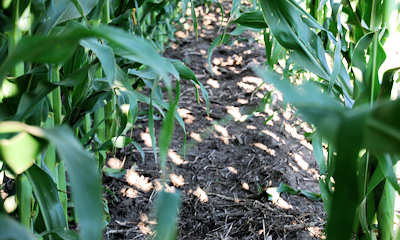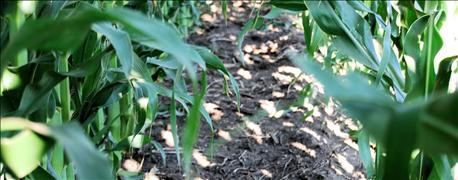
Ask growers what their main priorities are each year, and “good yields” will likely be a top answer. This should come as no surprise given the direct correlation between good yields and bottom-line success.
Good yields, no matter the crop, come at a cost. You’re balancing different variables to get higher yields, and even with good planning, success isn’t guaranteed. Weeds and weed control, however, should be addressed for any hope of a successful harvest.

Achieving a clean stand is the goal for the future, as farmers manage the balancing act between yield and weed control.
How much should you spend on weed control yearly? Should the amount be the same each year, or will it change? How do weeds impact yields in fields? At what point do you know if you’re doing too much, or not enough when it comes to weed control?
The answers vary for each farm and have evolved with changes in science and weeds’ adaptability.
“Determining how many weeds you can have in a field without negatively impacting yield has always been an important consideration for growers. But the whole scenario of economic threshold has changed over the last five to 10 years and really came to the forefront with the onset of glyphosate-resistant weeds,” says Phillip Stahlman, a professor of weed science at Kansas State University’s Agricultural Research Center.
According to Stahlman, no weed is acceptable when it comes to herbicide resistance, but he knows individual decision-making and a person’s level of risk tolerance are important parts of this equation.
“It’s really short-term economics vs. long-term economics when it comes to weeds, but it’s also about short-term and long-term sustainability,” says Stahlman, who believes glyphosate-resistant weeds have become a community problem that has intensified social pressures on growers to address weeds in their own fields.
Not just post
Stahlman says growers also must consider pre- and post-emergence applications. He says the tide has changed and is moving away from the use of postemergence applications only. “Two-thirds to three-quarters of your expenditures each year should probably go to your preemergence program. But it’s not as simple as doing the same thing each year. You need to be able to change and adapt according the conditions in your fields.”
Not all fields are created equal; some fields have bigger weed problems or better yield potential than others. Consider these factors in mapping out a weed plan.
“The yield potential of the site dictates how many weeds and how much injury from herbicides you can stand,” says Randall Currie, K-State associate professor of weed science. “For example, a 5% yield loss on 80-bushel-per-acre corn does not have the same impact as a 5% loss on 200-bushel-per-acre corn.”
Currie believes being proactive and using a well-designed preemergence program is important to finding the right balance in today’s growing environment.
“Every year is different, but you have to ante up and use your best judgment about what to expect,” he says. “A broad-spectrum, preemergence treatment plan allows you to be prescriptive later on. And during this post-application phase, you can be planning your preemergence applications for the next year.” FF
- Yontz writes from Urbandale, Iowa.
Solution Center is independently produced by Penton Agriculture through support from SureStart® II herbicide. For more information, visit GetMoreTime.com.
About the Author(s)
You May Also Like




